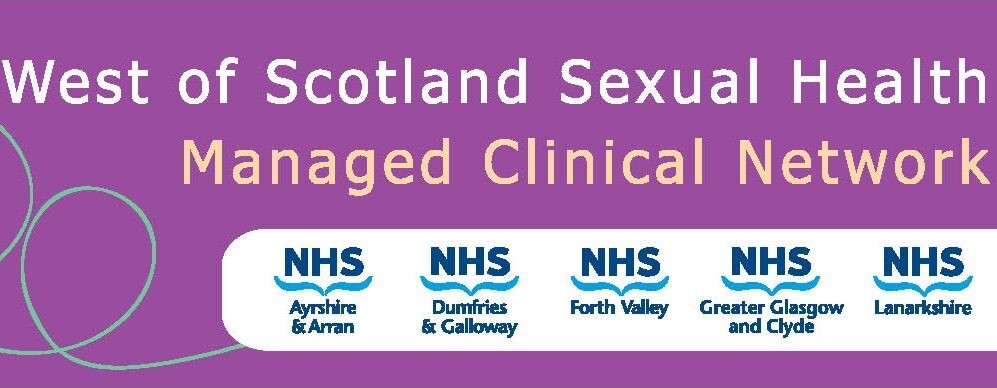Incubation period
21 days (9-90 days)
Symptoms and Signs
Characterised by an ulcer known as “the chancre”, in genital and non-genital sites, with localised lymphadenopathy
The chancre is often painless with a clean base and indurated edges, BUT can be multiple and painful.
Depending on the site, chancres may go unnoticed and heal spontaneously.
Any anogenital ulcer should be considered to be syphilis until proven otherwise.
